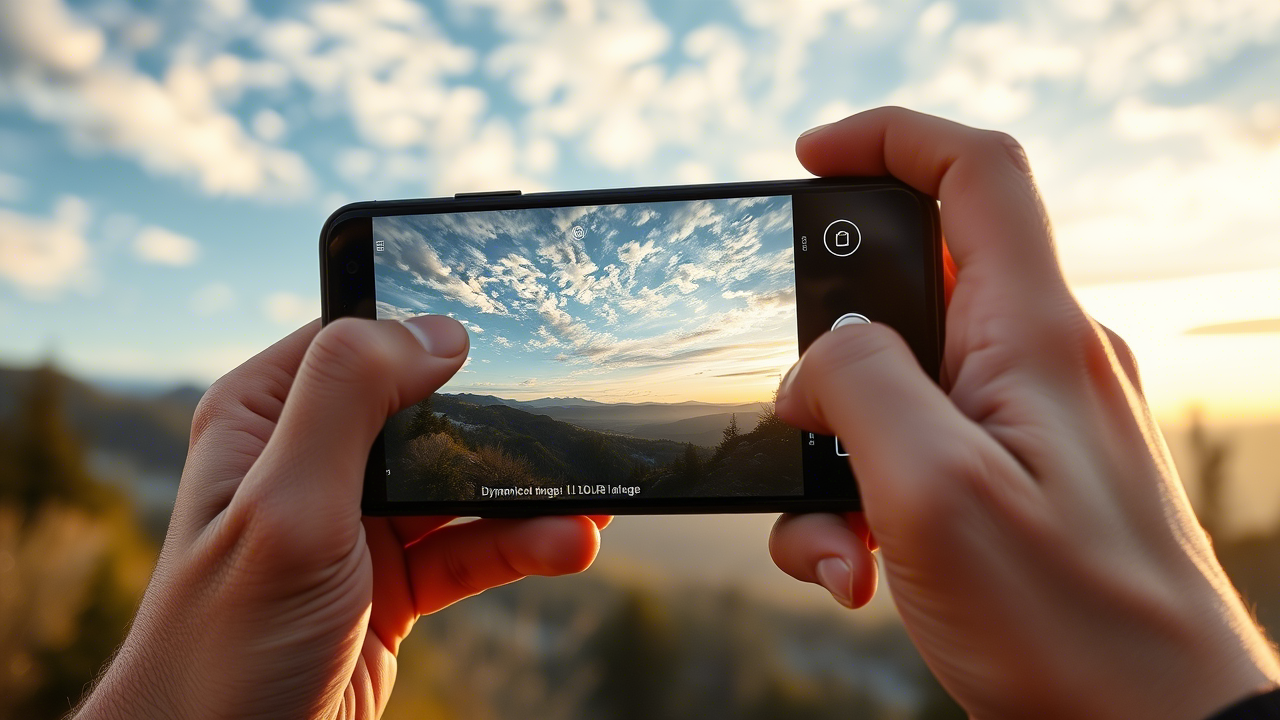
Exploring RAW Photo Capabilities: A Calm and Thoughtful Review
Exploring RAW Photo Capabilities: A Calm and Thoughtful Review
In the world of digital photography, RAW files are often praised for their flexibility and superior image quality. But what exactly makes shooting in RAW so beneficial, and is it worth the extra storage space and post-processing effort? Let’s take a relaxed, practical look at RAW photo capabilities to help you decide if it’s the right choice for your photography.

What Is a RAW File?
Unlike JPEGs, which are compressed and processed in-camera, RAW files contain unprocessed data directly from the camera’s sensor. Think of it as a digital negative—it retains all the original details, colors, and dynamic range, giving you far more control in editing.
The Advantages of Shooting in RAW
1. Greater Editing Flexibility
RAW files preserve far more information than JPEGs, allowing you to recover blown-out highlights, lift shadows, and adjust white balance without degrading image quality. Missed the exposure slightly? With RAW, you have much more room to correct it.
2. Superior Dynamic Range
High-contrast scenes (like sunsets or backlit portraits) can be tricky with JPEGs, as they often lose detail in bright or dark areas. RAW files retain more dynamic range, making it easier to balance exposure in post-processing.
3. Non-Destructive Adjustments
Since RAW files aren’t permanently altered during editing (unlike JPEGs, which lose quality with each save), you can experiment freely with different edits without worrying about irreversible damage to the image.
4. Better Color Grading
RAW files store more color data, allowing for smoother gradients and more precise color adjustments. This is especially useful for portrait and landscape photographers who want fine control over tones.
The Trade-Offs of RAW
While RAW offers clear benefits, it’s not without drawbacks:
- Larger File Sizes – RAW files take up significantly more storage space than JPEGs.
- Requires Post-Processing – To get the best results, you’ll need to edit your photos, which can be time-consuming.
- Not Universally Compatible – Some devices and apps don’t support RAW files without conversion.
Who Should Shoot in RAW?
- Enthusiasts & Professionals – If you enjoy editing and want maximum control, RAW is ideal.
- High-Contrast Scenes – Situations with tricky lighting (e.g., landscapes, studio work) benefit greatly from RAW.
- Future-Proofing – RAW files give you the flexibility to revisit and reprocess images as editing software improves.
For casual photographers who prefer ready-to-share images, JPEG might still be the more practical choice.
Final Thoughts
RAW photography is a powerful tool, but it’s not a necessity for everyone. If you value creative control and don’t mind spending extra time in post-production, shooting in RAW can elevate your work. However, if convenience is your priority, JPEGs will often suffice.
Ultimately, the best approach is to experiment with both formats and see which aligns with your workflow and artistic goals. Happy shooting!